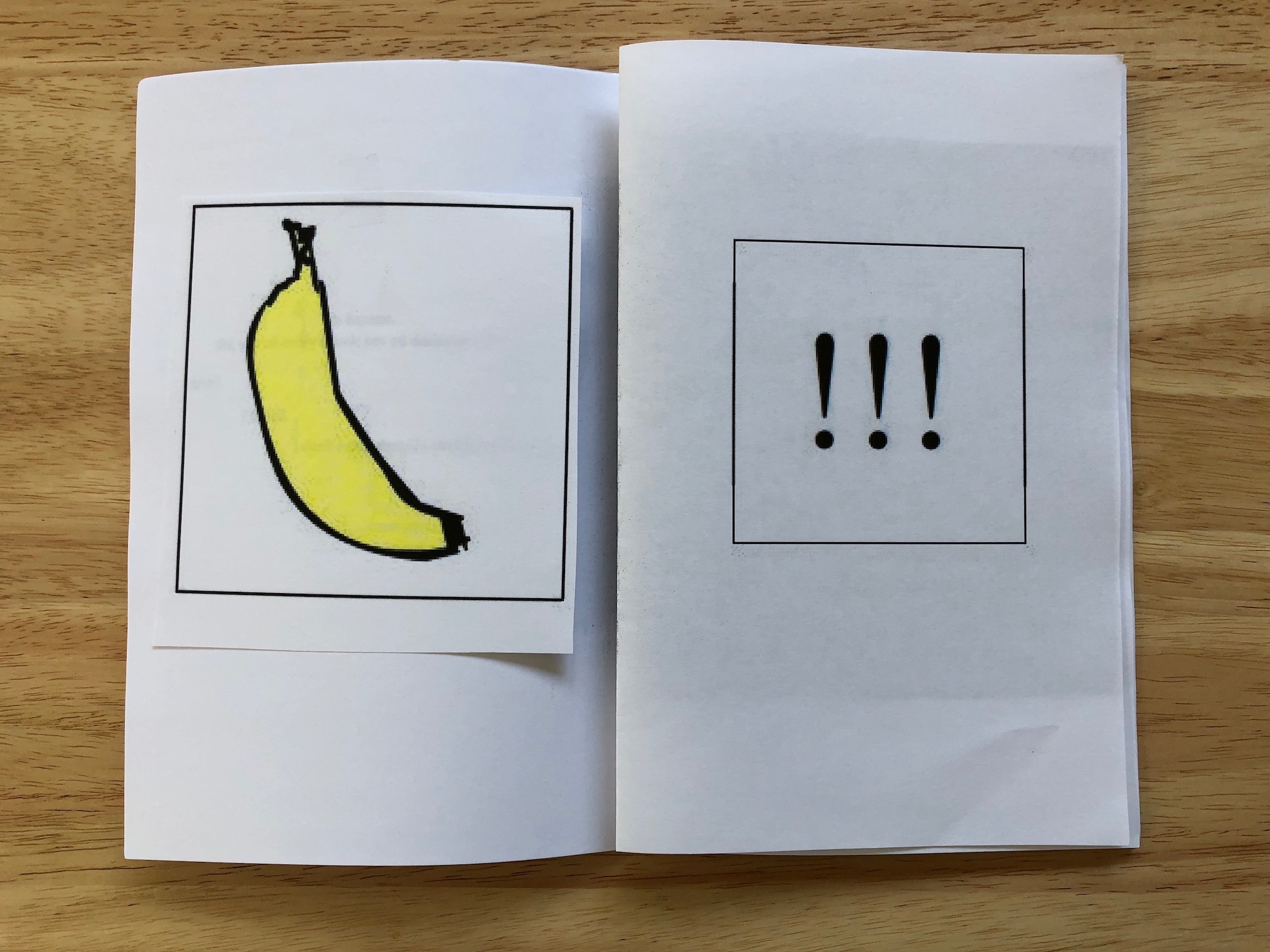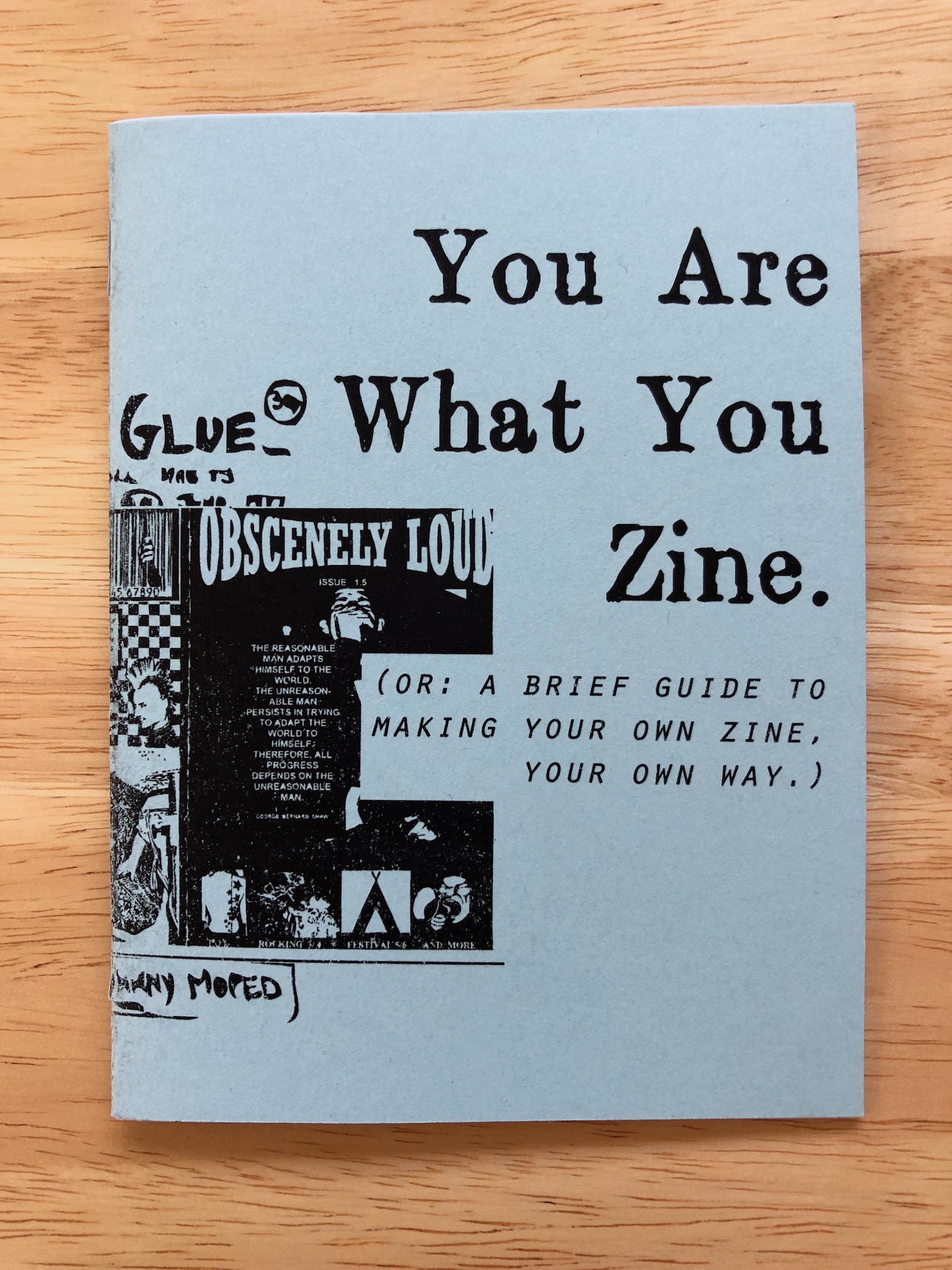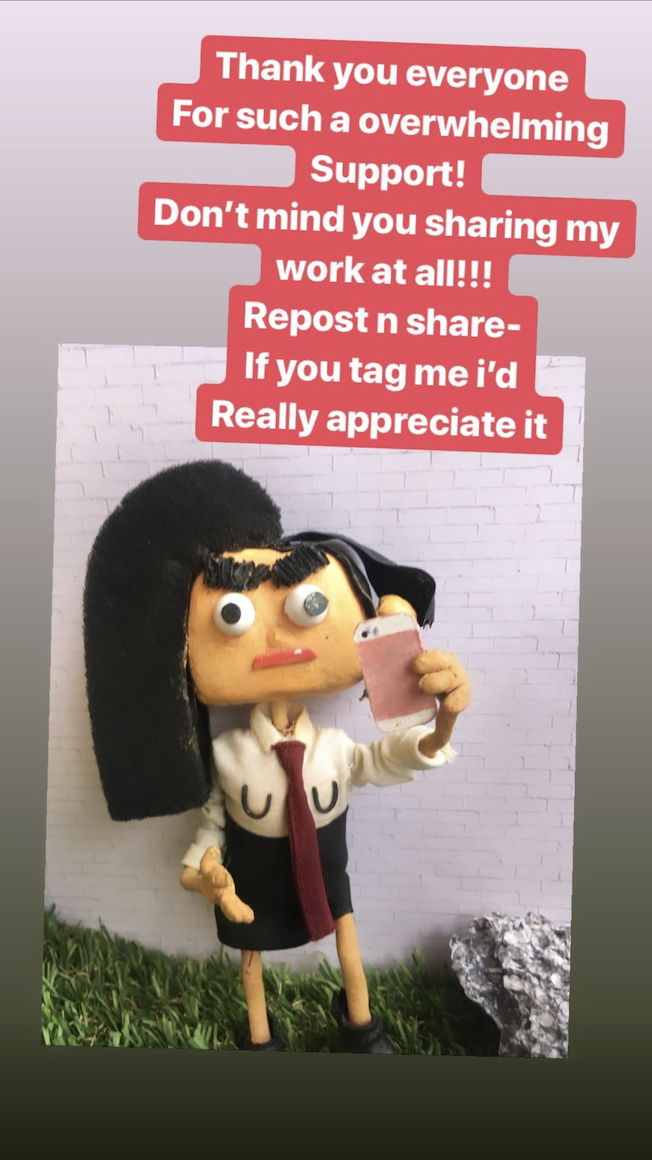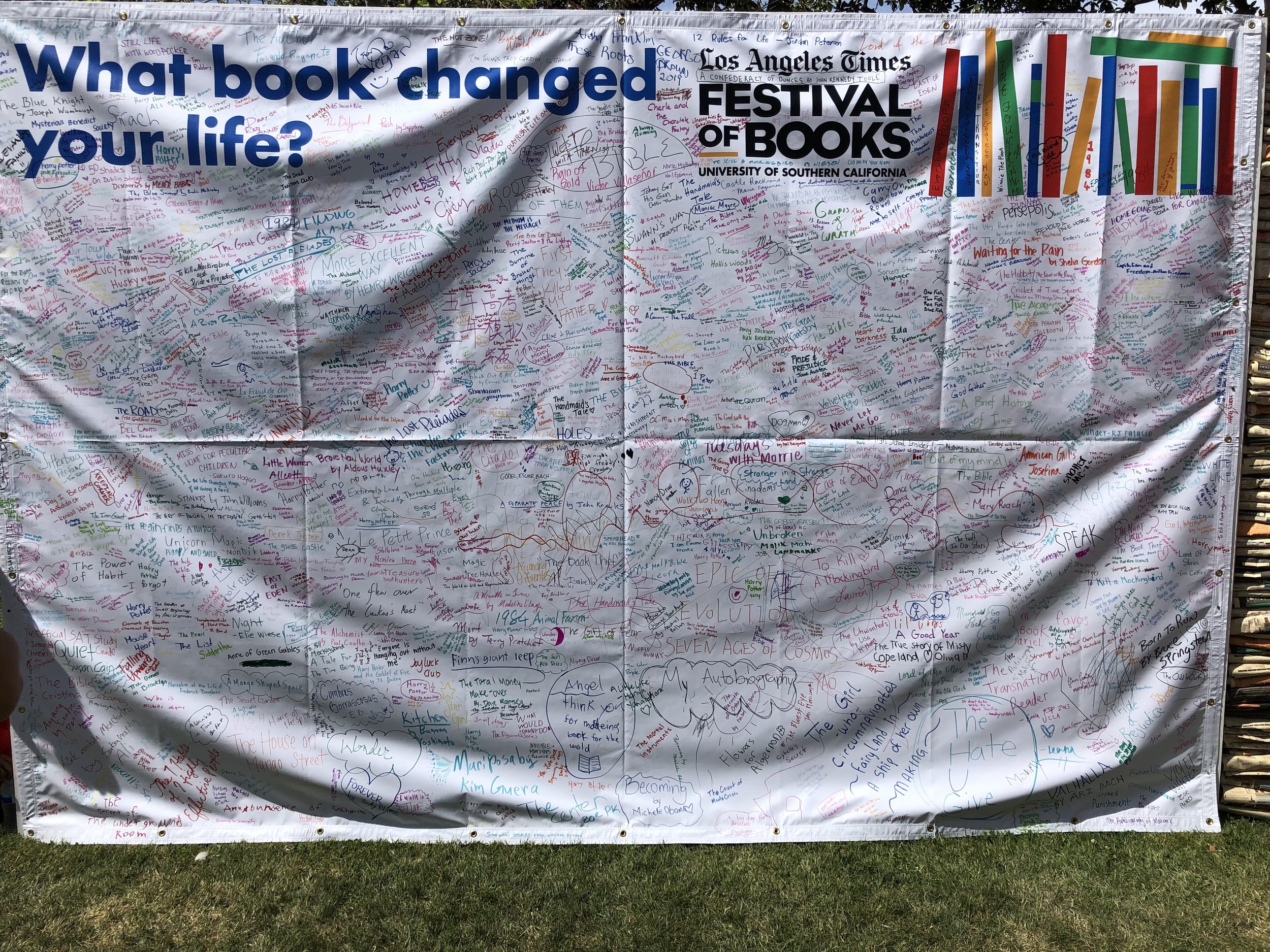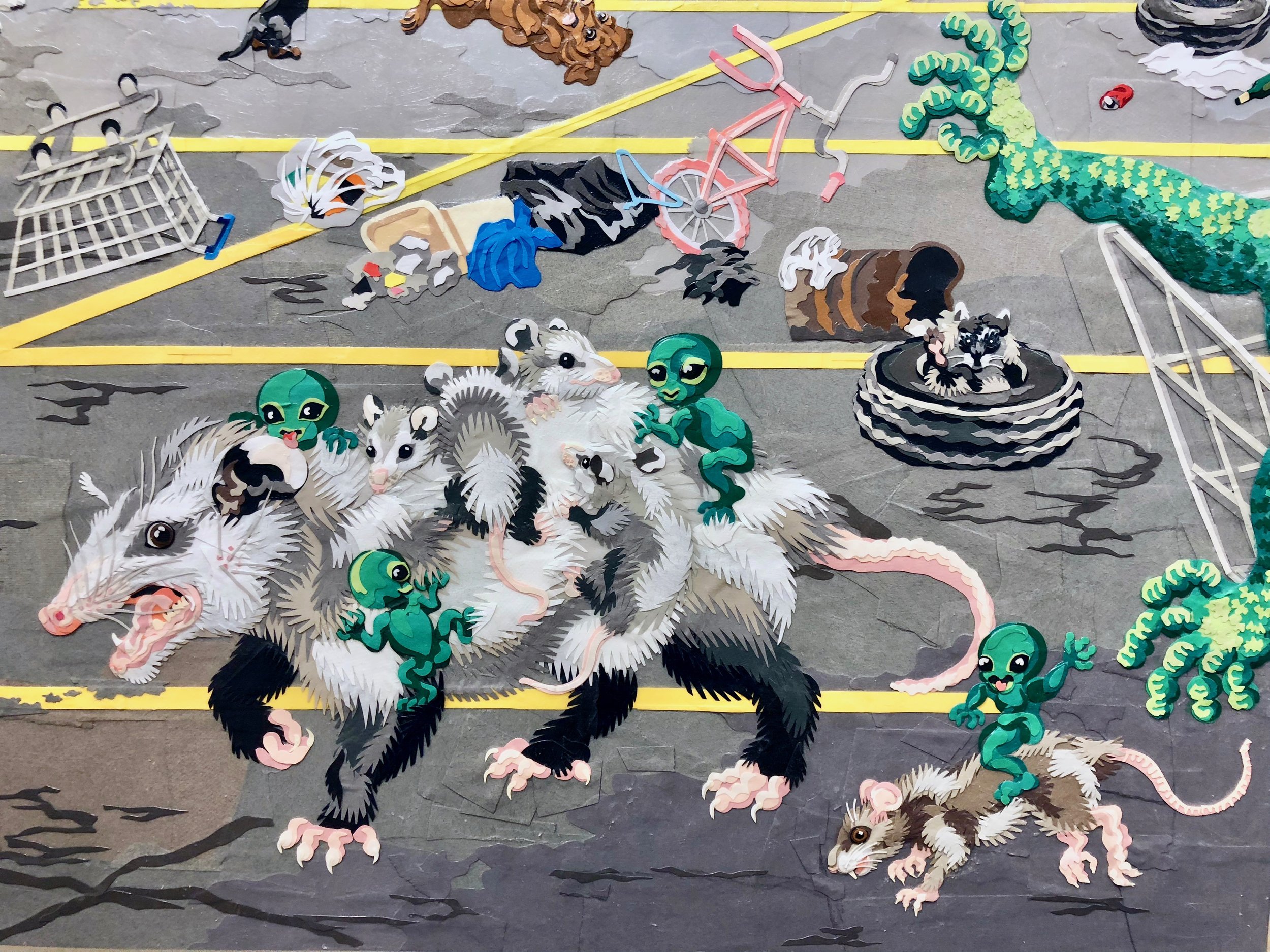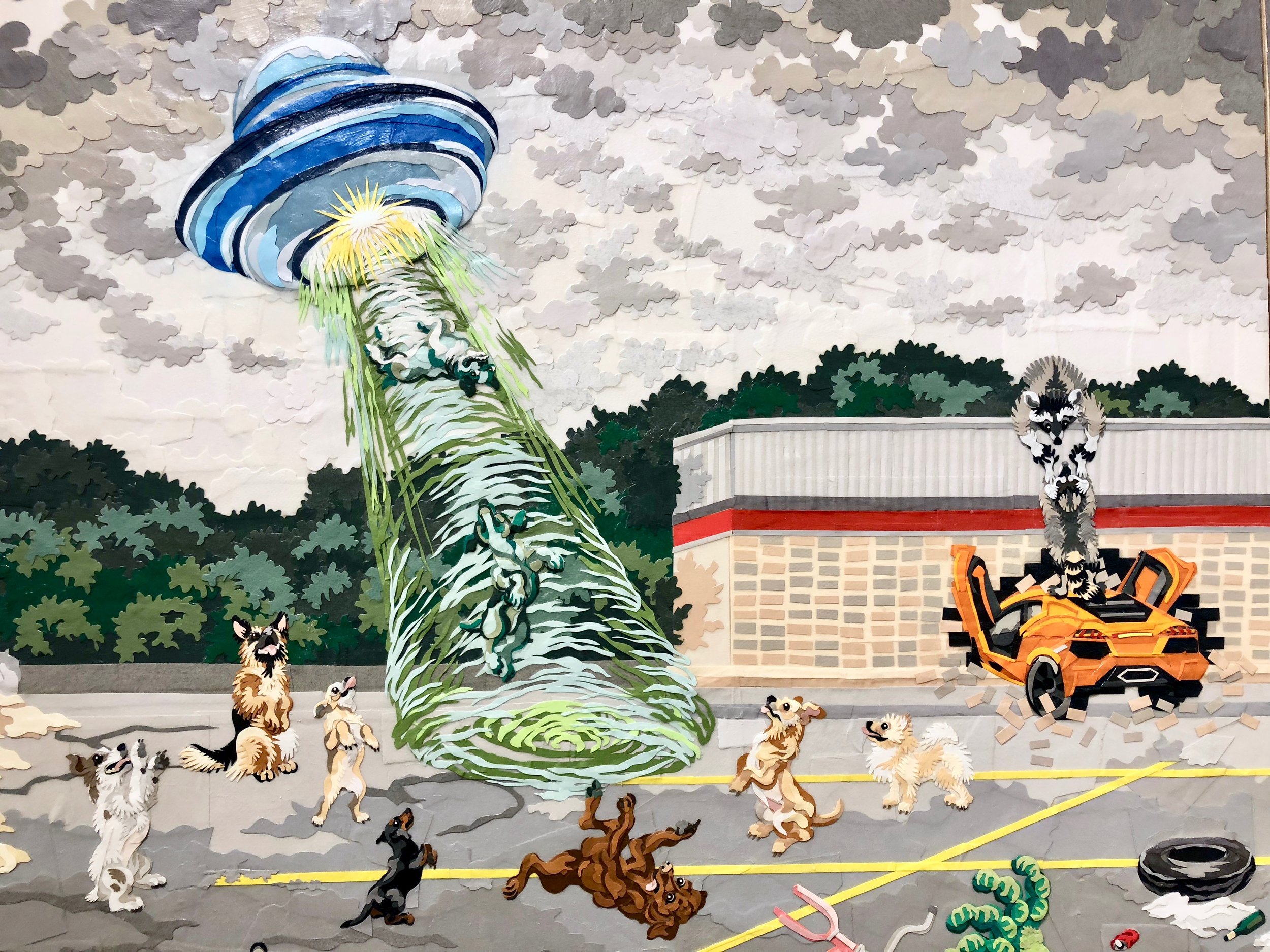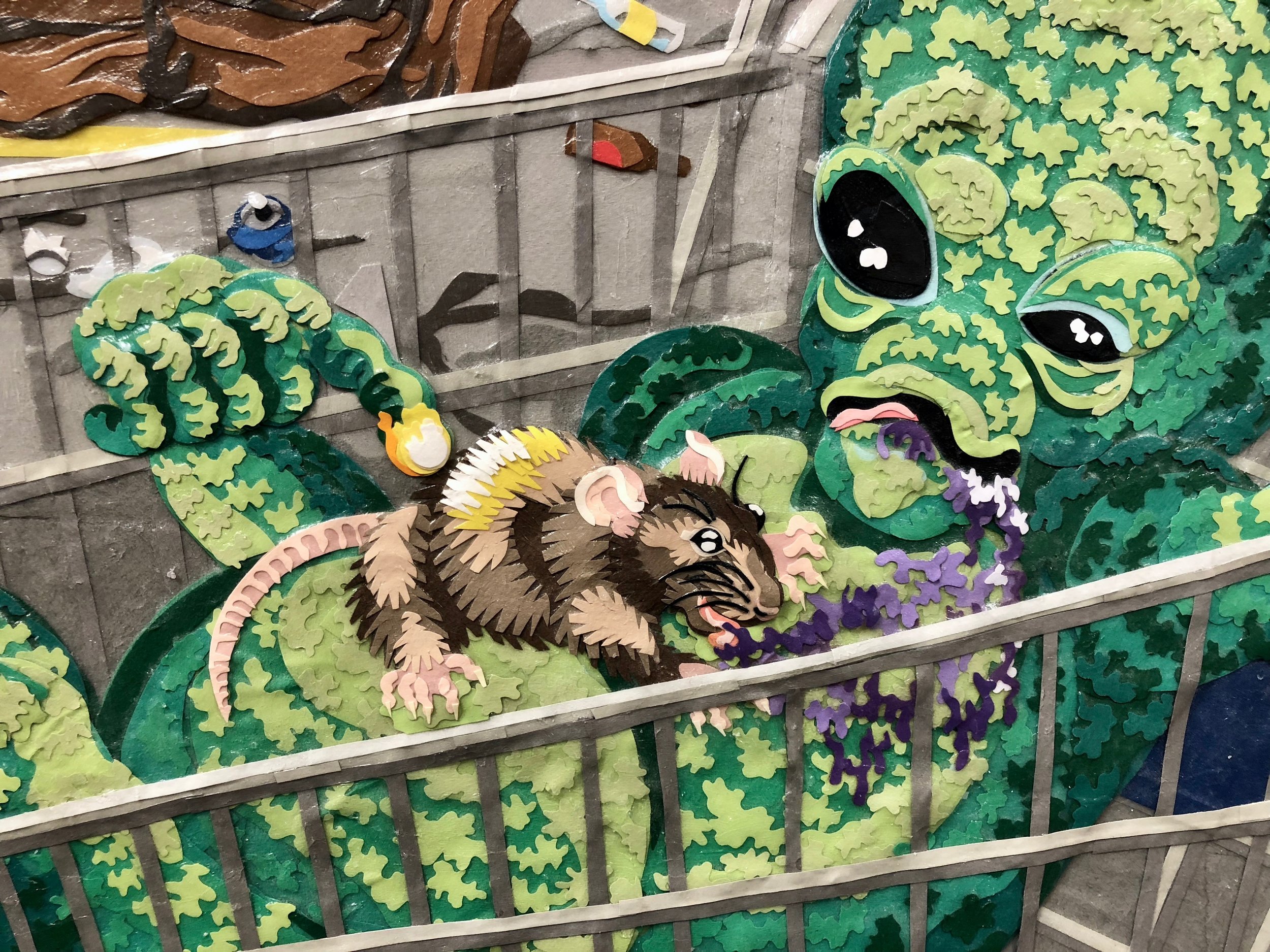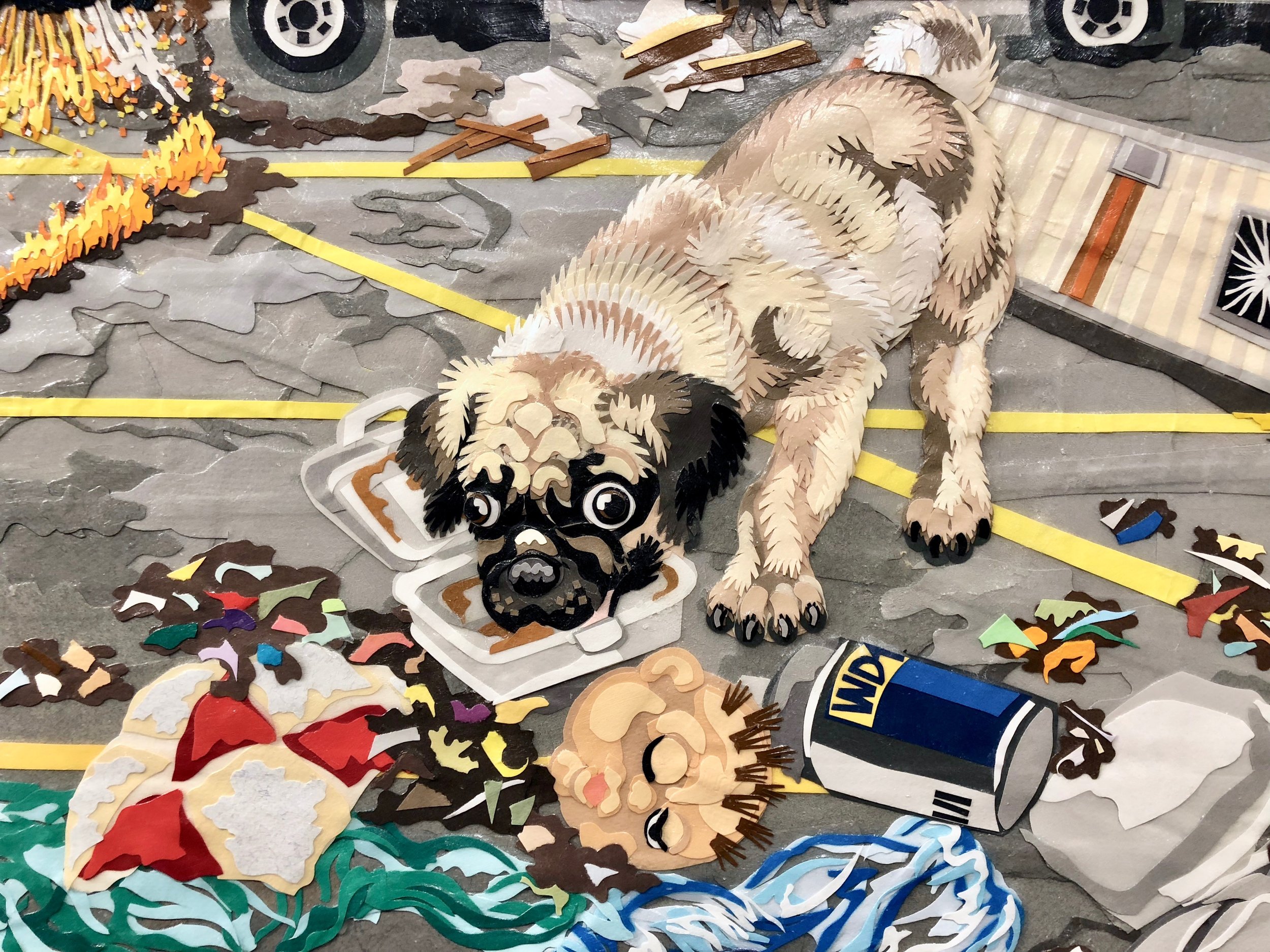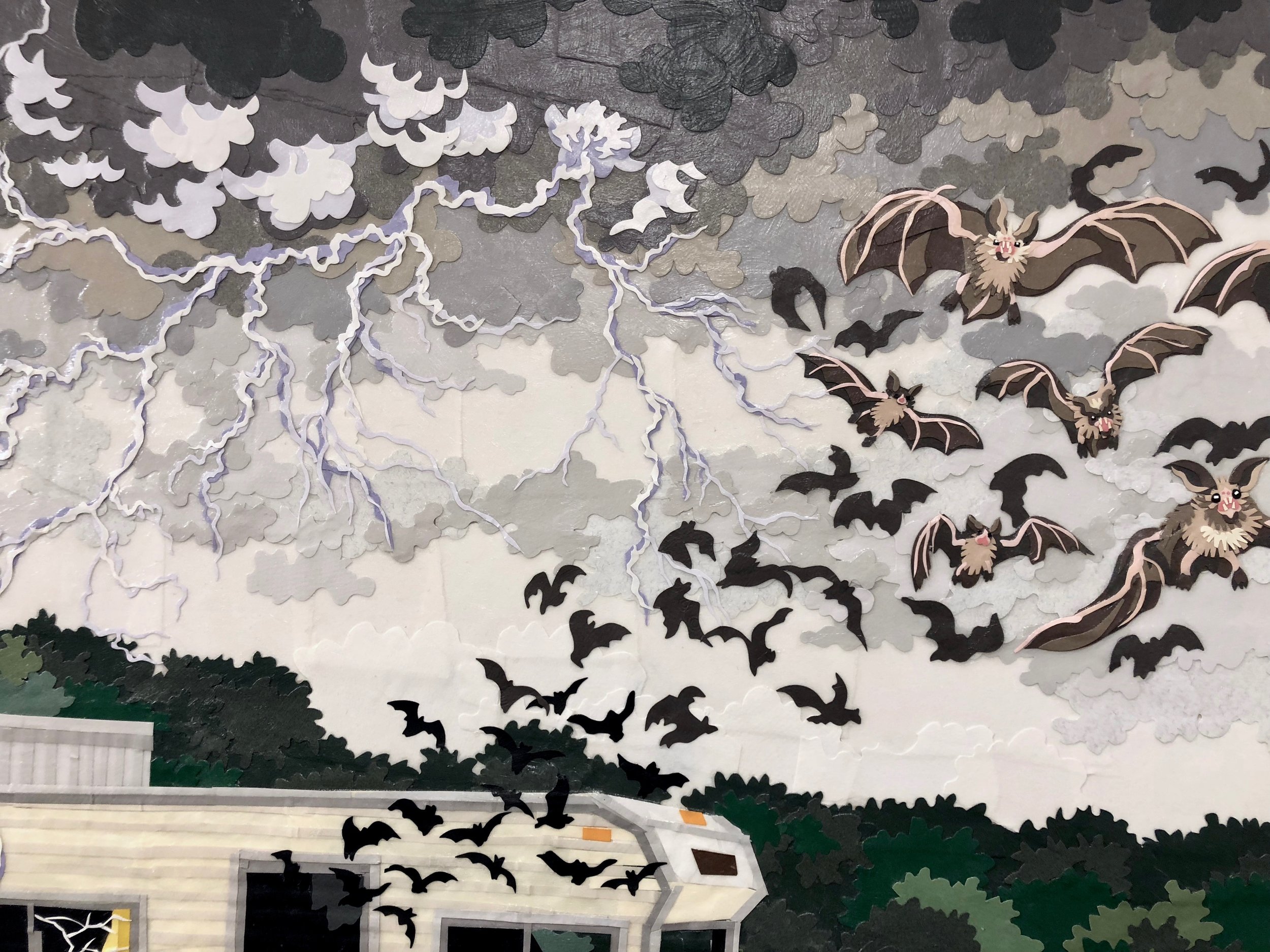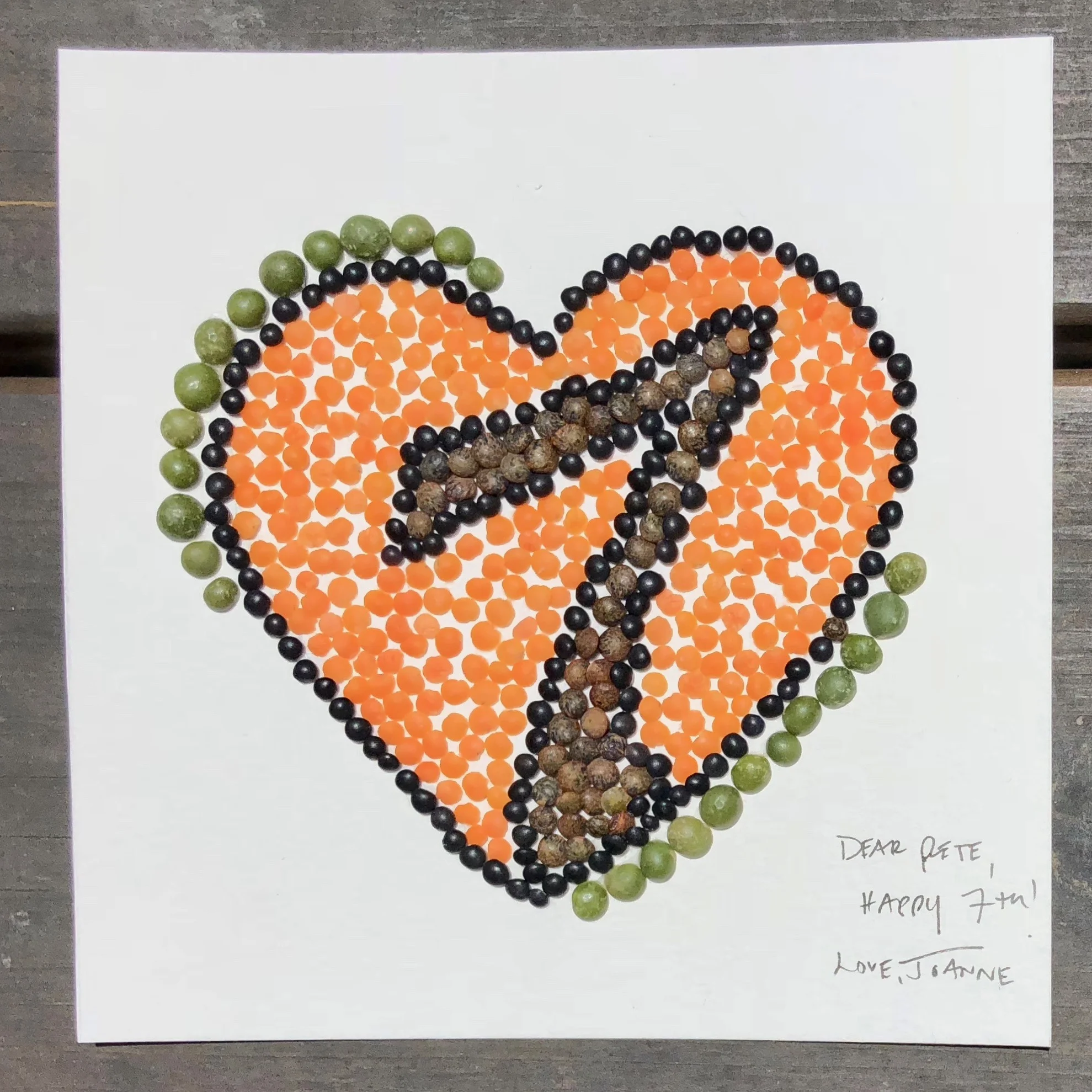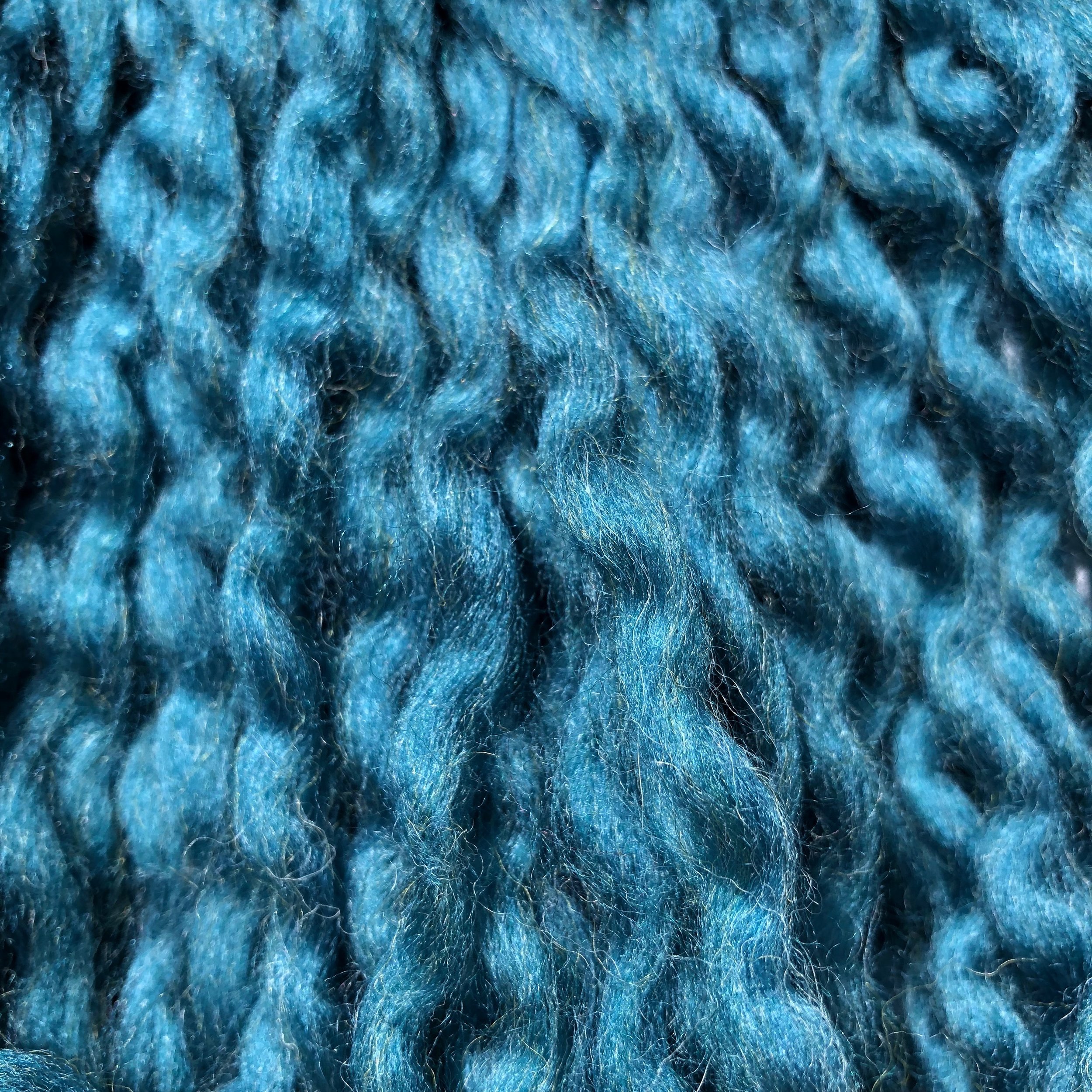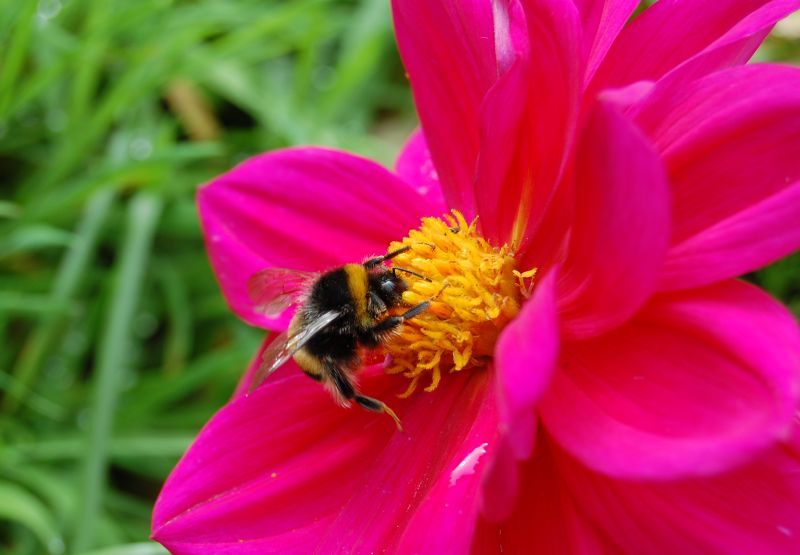I planned to skip Speed Dating with Agents since this was my first San Francisco Writers Conference (SFWC) and it was going to be my year to observe and take notes for the next time. Then someone gifted me with a Speed Dating session, which normally costs $75. I didn’t want to squander that gift, even though as mentioned in my previous blog post, I was not-looking-to-schmooze-an-agent-right-now.
I’m an an extrovert, but I get anxious before performing and pitching is performing. Agent Katharine Sands describes pitch as theater. When I heard that I went, “Aha!” and also, “Oh no.” My SFWC mental journey:
Thursday: No way am I pitching.
Friday: I should prepare a pitch so at least I have the option.
Saturday: I worked so hard on this pitch, I shouldn’t pass up the opportunity to try it out on a real life agent.
Sunday: I had pitch-related nightmares last night, why am I doing this again?
You only get three minutes per agent. Common wisdom is pitch for one minute and listen for two. I wrote and re-wrote my pitch, researched comp titles and looked at agent websites. I hand wrote my pitch out on index cards and had a separate index card (pictured above) with a list of agents who might be interested in my idea.
“Practice Your Pitch” sessions on Friday night allowed attendees to try their pitch out on a small group of peers. I wasn’t ready in time so my lucky fiancé, Pete, was my practice partner. He has a lot of experience pitching from his startup days and was a wonderful coach. Here is some of the valuable advice he gave me:
Your goal is one more meeting
I translated this to: My goal is a request for a submission (gold) a tip of somewhere else to submit (silver) or suggestion of next steps (bronze).
Take the last sentence and make it your first
Initially, this was the beginning of my pitch, “Thanks to Dr. Jill Bolte Taylor and our culture of striving…” Then I took the last sentence and made it the first, “When I was thirty-nine I went to work one day and ended up with thirty-two staples in my head.” Which book would you want to read? That’s what I thought.
Record yourself giving the pitch a bunch of times
This was super helpful in paring the pitch down. Using MacOS’s Photo Booth application (which is part of your system’s software if you’re on a Mac) I used my laptop’s camera and recorded myself. The app tells you how long a clip is and I was coming in at 02:03. I kept re-recording until it was closer to a minute. Don’t get caught up in rewatching it, because you’ll worry about needing a haircut and other things that have zero bearing on the duration of your pitch.
I was assigned the 11am pitch session on Sunday. Attendees are allowed to line up half an hour before the session starts. It’s a party-like atmosphere, because you are still outside the room and don’t need to be quiet (yet). I mentioned to the woman next to me that I was nervous. She told me I’d be fine, “We’re all adults here,” she said with a vague hand wave around the room. I put in headphones and listened to soothing music to block out that clack-clack-clack feeling of a rollercoaster ascending before the drop. I took them off when an attendee from an earlier session came over to give us a report from the field. His breathless advice, “If there is an agent you want to talk to, go to that person first and wait, even if there’s a line.” Thank you kind stranger!
A volunteer informed us that the agents were arranged around the room by last name (in the conference guide they are arranged by first name so be prepared to flip around). I chatted with a guy standing near me in line. We became instant allies. At the appointed time, we walked in together. I imagined it would look like the New York Stock Exchange, people shouting, “I got a memoir here! A memoir!” and “WHO HAS YA?” with pages of manuscripts raining down from the ceiling. It was not that. Each agent sat at a little two top with a linen tablecloth on it along with a sign displaying their name. Tables were arranged neatly around the perimeter of the room and there was plenty of space in the middle to mill about wondering what to do next. Kindly volunteers acted as “timekeepers” and gently loomed near the table when three minutes were up.
I started with an agent who I liked from Friday’s MEET THE NONFICTION AGENTS event. I told her I was nervous, she said there was nothing to be nervous about. I read my pitch. She listened. There is a 30 second warning before your 3 minutes are up and that warning came right away. My pitch was too long–drat! Still, it went well, she was interested. I didn’t even have time to take notes so I got up and scrawled something on the back of an envelope.
I sat down with another available agent and told him I was nervous. He told me to take a deep breath. I did. I gave him my pitch and he passed in the most polite way possible. Having survived my first rejection, my confidence grew. On to the next. And the next! My pitch got shorter each time as I got to the point faster. I gave agents more time to react/ask questions. If an agent wasn’t interested they started to give me general advice about building my platform. Got it, you’re washing your hair tonight. If an agent was interested, they said so clearly and told me what to send in. One agent said that a colleague of hers at the same agency would be interested in my idea. “Write this name down,” she said. Done and done.
Even the most intimidating agents were welcoming. And yes, despite my notes, I did sit down with one agent and open with, “So you’re in Canada” to which she responded, “I’m in NY” and it was OK. I managed to get 8 pitches in during the 51 minute session. I walked away with 4 yeses, 3 noes and 1 maybe.
Here are my takeaways:
Even though I timed it, 230 words for my pitch was too many. I’d try for 80 next time.
You usually don’t sit down and start reeling off your pitch like an automaton, so factor in, “Hi, I’m so-and-so, my genre is this and blah.”
I wanted to maximize the number of people I talked to so I didn’t go for the longest lines. Many agents had only two or three people in line.
If possible, make eye contact when pitching. I could see the moment I grabbed someone’s attention (or didn’t). Refine your pitch as you go.
It’s a good sign when an agent is taking notes as you talk.
If you decide to arrive at the table with multiple bags of random “I’m hanging out at a conference all day” stuff, know that the energy gets weird when the agent and the next person in line are watching you scramble to gather your things after your three minutes is up.
Do your research beforehand. Look up each agent on their website and figure out what they represent. If there is a descriptor that you are drawn to, fold that in to your pitch. “I wanted to talk to you, because you said you are looking for quirky narratives.”
I was exhausted at the end of the session and I only met 8 people for less than an hour. Agents are in the room from 9am-1pm. They have to be “on” four times as long as you do. Keep that in mind.
If the room full of people scenario doesn’t do it for you, you can splurge on a one-on-one agent consultation ($100 for 15 minutes). I’d encourage you to give Speed Dating a try. You meet a lot of different people and get a cornucopia of advice. All the agents I met with were willing to talk about something in the idea stage and some suggested next steps. I left Speed Dating feeling motivated, energized and with a new sense of direction.















